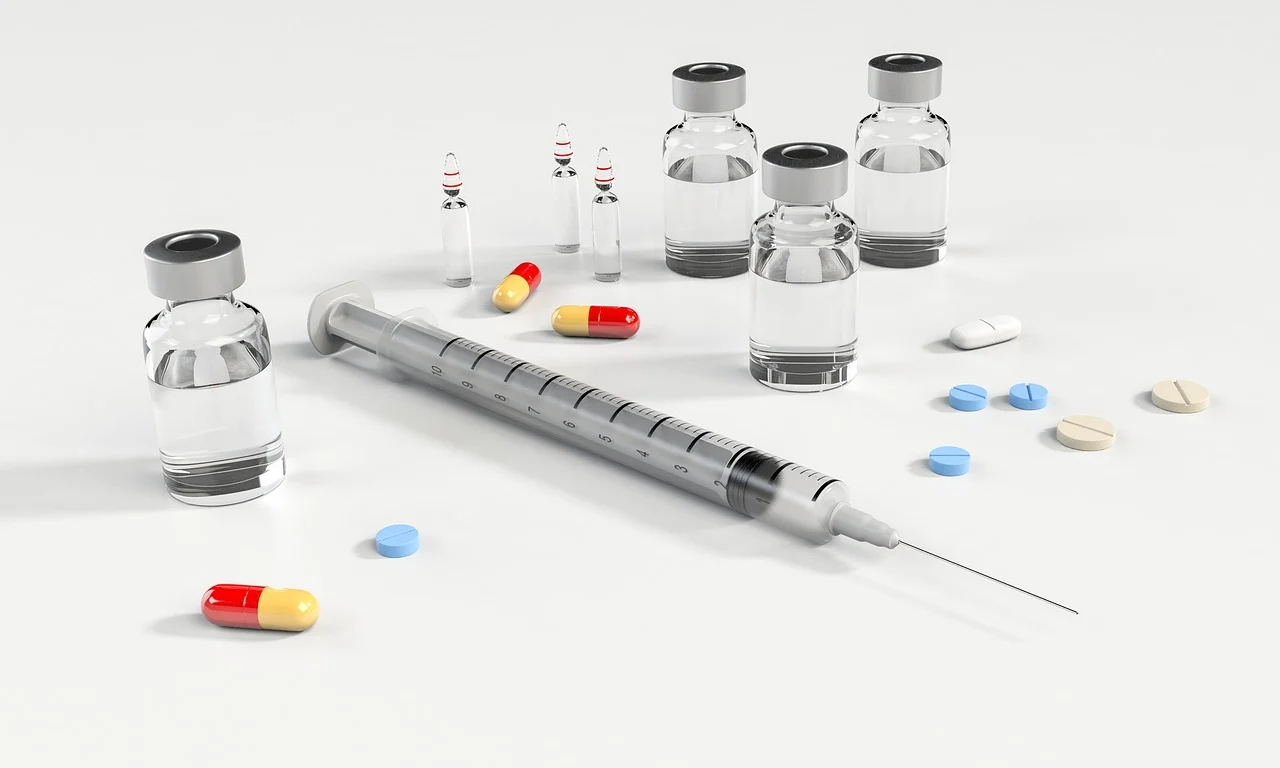Animal healthcare has advanced tremendously over the past few decades, blending modern science with practical approaches that improve the wellbeing of farm and domestic animals alike. Farmers, veterinarians, and animal caregivers rely on a combination of traditional practices and innovative technologies to maintain animal health and productivity. In this article, we’ll explore the modern tools and methods shaping animal healthcare today, with a focus on education, sustainability, and the role of professional resources.
The Growing Importance of Animal Healthcare
Animal health is not only about ensuring longevity and quality of life for pets and livestock—it is directly connected to food safety, sustainable farming, and even global public health. As livestock farming continues to feed much of the world’s population, the demand for preventive care, effective treatment, and educational outreach grows stronger every year.
Why Preventive Care Matters
Preventive veterinary care helps reduce the spread of disease and ensures animals stay healthy for longer. Farmers and ranchers increasingly understand the value of regular check-ups, vaccinations, and health monitoring systems.
Public Health Connections
Healthy livestock contribute to safer meat, milk, and egg supplies. This lowers risks of foodborne illnesses, making veterinary practices not only an animal welfare issue but also a human health priority.
Education for Better Practices
Schools, agricultural programs, and farm management courses now integrate animal healthcare training. Learning proper techniques helps the next generation of farmers implement effective and humane strategies.
Essential Tools for Modern Veterinary Practice
Whether caring for a single farm animal or managing an entire herd, veterinarians rely on specialized tools to provide accurate diagnosis and treatment. Access to the right instruments makes healthcare more efficient and reduces risks for both the animal and the caregiver.
Diagnostic Instruments
Modern veterinary practices utilize thermometers, stethoscopes, ultrasound machines, and portable blood analyzers to quickly evaluate animal health conditions. These tools allow veterinarians to detect problems early and take preventive action.
Treatment and Surgical Tools
From simple wound dressings to surgical kits, having the right instruments is vital. Sterilized surgical equipment ensures safe operations, while bandaging materials help treat minor injuries effectively.
Training and Educational Kits
For students and professionals, hands-on training with realistic models builds competence before real-life application. Resources such as simulation kits and anatomical models are widely used in agricultural and veterinary education programs.
To meet these needs, farmers and students often turn to trusted sources for veterinary equipment supply, ensuring quality and accessibility.
Innovations Shaping the Future of Animal Health
New technologies are redefining how veterinarians and farmers approach animal care. These innovations focus on accuracy, efficiency, and sustainability.
Digital Health Monitoring
Wearable devices for livestock now track heart rate, movement, and temperature. These systems alert farmers to potential problems before they escalate into larger health issues.
Advances in Nutrition
Science-driven feed formulations improve immune systems, reduce disease susceptibility, and enhance productivity. Balanced diets reduce dependency on antibiotics, supporting more sustainable farming.
Veterinary Telemedicine
Much like human healthcare, telemedicine is growing in veterinary science. Farmers can now connect with experts remotely, saving travel time while still gaining professional insight.
Genetic Research and Breeding
Selective breeding supported by genetic research is helping develop stronger, healthier animals resistant to certain diseases. This reduces costs and promotes more sustainable livestock management.
Practical Applications on Farms and Ranches
The application of modern animal healthcare extends far beyond veterinary clinics. Farms and ranches rely heavily on proper animal management practices to keep operations running smoothly.
Daily Animal Care Practices
- Regular feeding schedules
- Clean water access
- Adequate shelter
- Periodic grooming and inspection
Emergency Readiness
Farmers must be prepared for emergencies, whether dealing with injuries, sudden illnesses, or environmental stress. Having a stocked first-aid kit and quick access to veterinary services is crucial.
Sustainability in Animal Healthcare
Efforts are growing to integrate eco-friendly materials and reduce chemical overuse. Biodegradable cleaning supplies, reduced antibiotic dependence, and natural feed supplements contribute to healthier animals and a healthier planet.
Lists That Connect Broader Perspectives
To add dimension to the topic, here are three practical lists that indirectly tie into animal health management while broadening the perspective:
Common Farm Management Priorities
- Efficient crop rotation planning
- Soil and water conservation methods
- Proper waste management systems
- Sustainable feeding programs
- Seasonal equipment maintenance
Skills Every Agricultural Student Should Develop
- Problem-solving under pressure
- Understanding animal behavior cues
- Record-keeping and farm data analysis
- Communication and teamwork
- Knowledge of food safety standards
Benefits of Integrating Technology in Agriculture
- Reduced labor costs
- Improved production efficiency
- Enhanced animal monitoring
- Better use of resources
- Increased safety for workers and animals
Educational Role in Strengthening Animal Healthcare
One of the most critical aspects of animal healthcare is education. Farmers, students, and veterinary professionals rely on structured learning experiences to improve their skills and adapt to changing industry demands.
Agricultural Schools and Training Centers
These institutions introduce young learners to the essentials of animal health, farm safety, and modern equipment use. They help ensure future farmers are better equipped than previous generations.
Workshops and On-Site Training
Hands-on training remains one of the most effective ways to teach animal care. Workshops that simulate real-life farm challenges prepare individuals for practical problem-solving.
Access to Reliable Resources
Quality equipment and supplies are central to any educational or professional training program. Institutions and farms often depend on dependable veterinary equipment supply providers to support these efforts.
Conclusion: Moving Forward in Animal Healthcare
The world of animal healthcare continues to evolve, blending tradition with innovation to improve both animal welfare and human wellbeing. From preventive care and diagnostic tools to digital monitoring and education, the tools and practices available today make it possible to maintain healthier herds and safer food supplies. The future promises even greater advancements, ensuring that animal healthcare remains a vital component of sustainable agriculture and public health.

